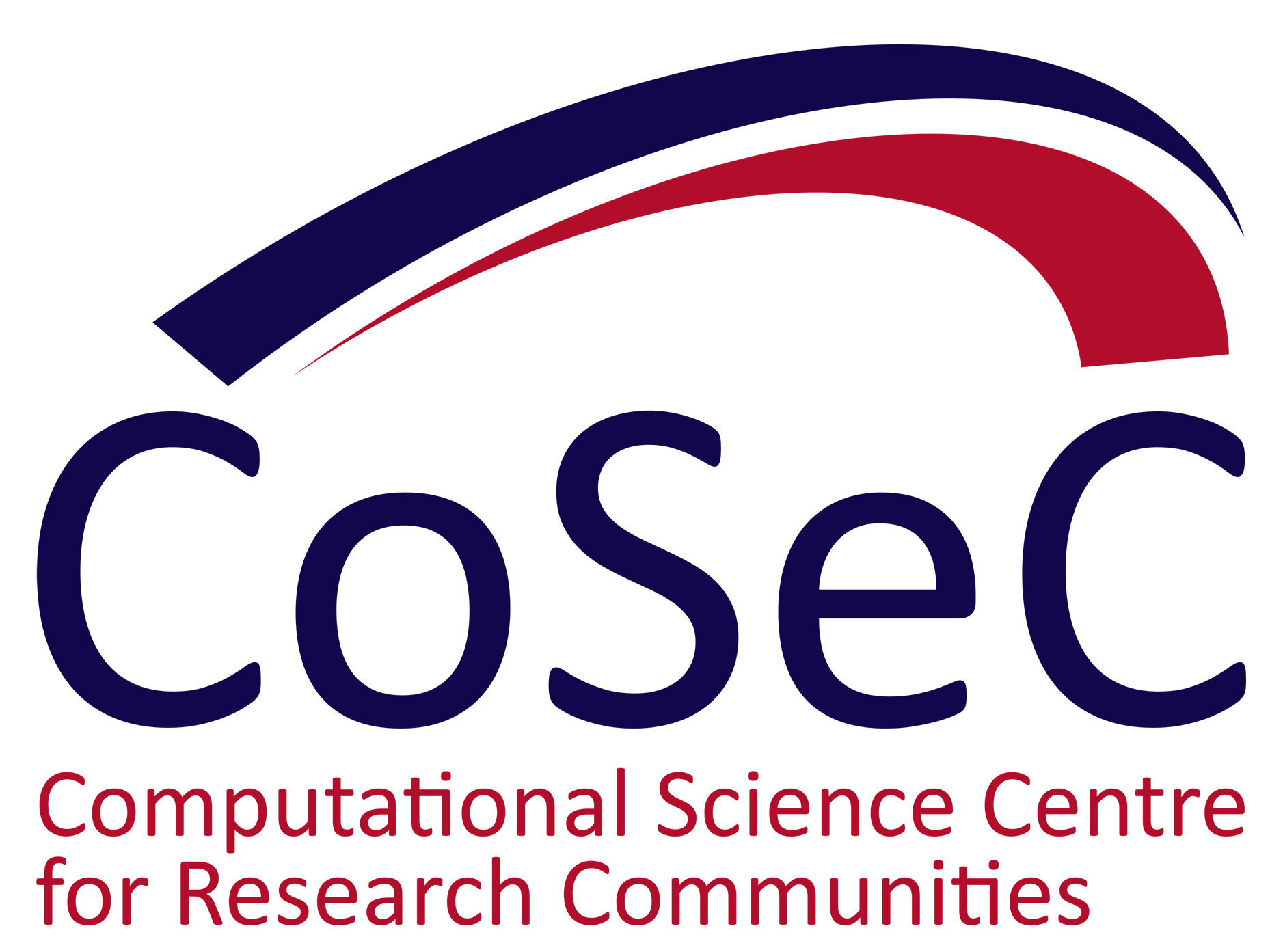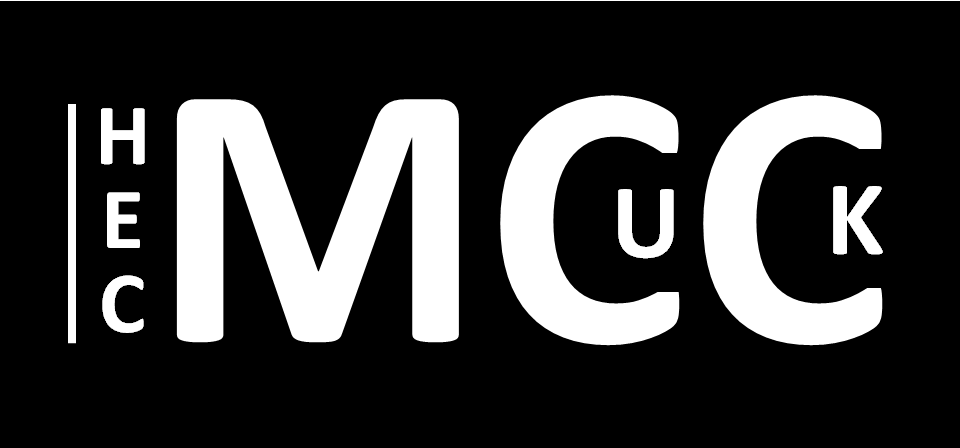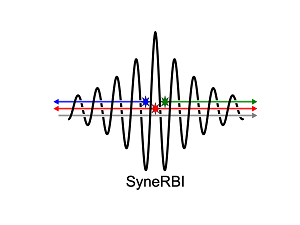
Below is a collection of snippets of news accumulated over the last few months from both CoSeC and some of the CCPs.
CoSeC
The biannual CCP Steering Panel and the Steering Committee meetings –usually held in London – took place successfully online in May and June respectively. The board of the CoSeC Steering committee has recently seen a change in membership saying 'thank you and farewell' to Neil Chue-Hong - Software Sustainability Institute Director, Edinburgh University - for his enthusaiastic and positive contributions over the years. Further changes are ahead both in membership (when terms come to an end), and to the role the board plays in CoSeC's continued devlopment: morphing from a board to whom CoSeC reports, into a board offering both guidance and mentoring.

ChemShell – the hybrid multiscale, QM/MM (quantum mechanical/molecular mechanical) code developed by CoSeC and collaborating groups – was the atomistic modelling code featuring in a Nature publication: Femtosecond-to-millisecond structural changes in a light-driven sodium pump. Researchers at the Fritz Haber Center for Molecular Dynamics in Israel, Paul Scherrer Institut in Switzerland and collaborators, used the ChemShell package to determine the position of sodium binding sites in a light-driven sodium pump (Krokinobacter eikastus rhodopsin 2) through comparison of calculated spectral shifts with experiment. Microorganisms use these pumps to control the flow of sodium across cellular membranes, a crucial task for many biological functions.
ChemShell also featured recently during the online and international workshop: Modelling Approaches to Coupling Scales in Material SImulation, where two of the main developers of ChemShell: Dr Tom Keal and Dr You Lu were personally credited and thanked for their work and invaluable help to users of the popular software.
CCPs
 HEC-MCC (High End Computing Materials Chemistry Consortium)
HEC-MCC (High End Computing Materials Chemistry Consortium)
Drs Tom Keal, Alin Elena and Ian Bush are members of the HEC-MCC, Design and Development Working Group of the ExCALIBUR project (Exascale Computing Algorithms and Infrastructures Benefitting UK Research) - a £45.7m Strategic Priorities Fund programme led by the Met Office and UK Research and Innovation. ExCALIBUR's aim is to meet the challenge of enabling exascale computer architectures by delivering research and innovative algorithmic development, thereby harnessing the potential power offered by exascale HPC.
The Design and Development Working Group aims to develop strategies to make materials modelling codes ready for exascale systems in the mid-2020s. The kick-off meeting hosted over 50 people via a Zoom workshop, featuring talks from Tom, Alin and Ian on exascale challenges including parallel scaling, complex workflows and I/O issues, as well as presentations from project partners across Europe and the USA. For further details visit the project website

CCP4 (macro-molecular X-ray crystallography)  CCP-EM (Cryo-electron microscopy)
CCP-EM (Cryo-electron microscopy)
Working entirely from home a CCP4 team achieved a major milestone in April: the release of CCP4 software version 7.1, the first major new version in several years. Meanwhile in the CCP-EM team, Dr Agnel Praveen Joseph was busy improving some of the covid structural models deposited in the PDB/EMDB*. For one model of the spike protein, Agnel added another 151 residues that were previously inaccessible to modelling. This kind of work makes direct use of CCP-EM/CCP4 tools and should help with the development of SARS-CoV-2 vaccines; the tools are available via the Coronavirus Structural Task Force.
PDB – Protein Data Bank; EMDB – Electron Microscopy Data Bank
 CCP5 (Computer simulation of condensed phases)
CCP5 (Computer simulation of condensed phases)
On June 15th, CCP5 opened the call for nominations for its biennial CCP5 Prize and Lecture Award. An outstanding scientist (from the UK or overseas) working in the field of classical molecular simulations - in software, method development and/or applications - will receive £1000, a medal, and all reasonable expenses covered to attend the AGM. Nominees should be mid-career scientists typically within 20 years from their PhD. Career breaks will be recognised. For further details see here

CCP SyneRBI (Synergistic Reconstruction for Biomedical Imaging)
June saw the release of the Synergistic Image Reconstruction Framework (SIRF) Version 2.2.0 including changes to enable conversion between image types, a vital process in synergistic reconstruction. Visit the software framework page for further information and links, including a list with planned timelines. The paper describing SIRF is available here.
